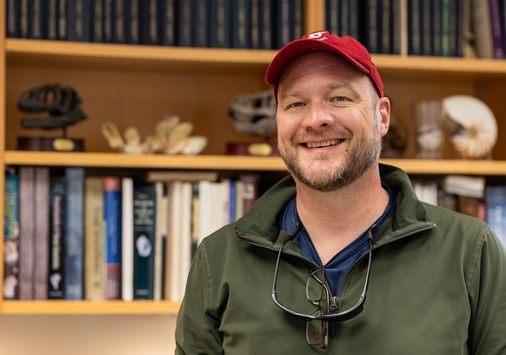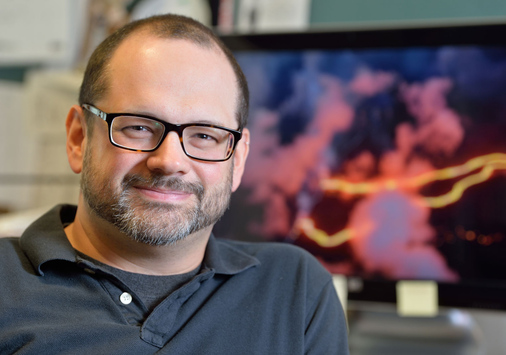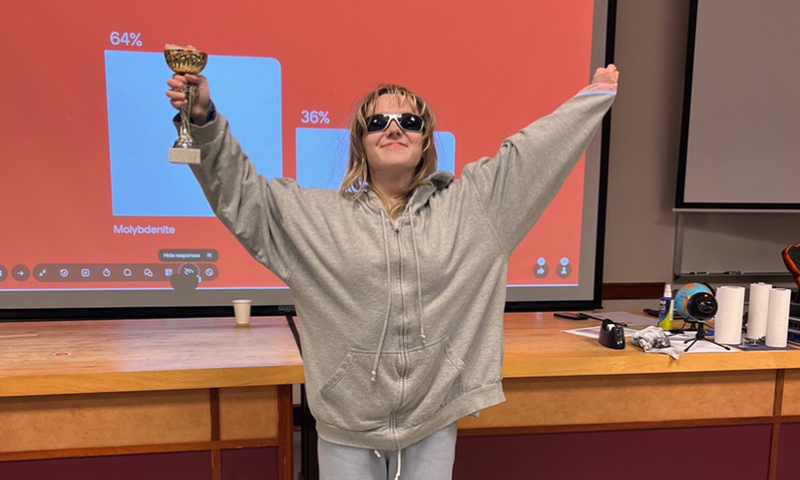Facilities
Hands-on Teaching and Learning
The Department of Earth and Environmental Sciences is located on the third floor of the F.W. Olin Science Hall, which is northwest of the academic quadrangle and west of the Campus Common. Olin Hall, completed in 1995, is a modern facility that complements the department’s use of a wide variety of media in classes and labs. All the labs and classrooms were renovated in 2016 to meet the changing needs of the discipline.
The department houses 4 classrooms (all e-classrooms), 5 faculty offices and separate lab spaces, a departmental office, a computer lab, and a computer graphics lab. These facilities provide faculty and students with opportunities for hands-on teaching and learning and they support both faculty and student research projects. Geosciences has an extensive rock, mineral and fossil collection that dates back to the 1870s. All this means that geoscience majors tend to spend a lot of time in the department because the department has most of the facilities that they need to complete their course work.
The department has a variety of rock preparation equipment including rock saws, a disk mill, thin section preparation apparatus, shaker table, Frantz magnetic separator and hoods for heavy liquid and chemical dissolutions. In addition, two camera systems attached to petrographic and stereo-microscopes are housed in the department and students have access to a set of new Leica petrographic microscopes.
The department recently acquired a laser particle size analyzer and Canberra Broad Energy Germanium Detector, along with a DJI Phantom 3 Pro drone for use of remote imaging. There is also a dedicate GIS workstation with Agisoft PhotoScan for Structure from Motion (SfM) photogrammetry and a GIS teaching lab, along with a Juniper Systems Geode sub-meter GPS receiver and Juniper Systems Mesa 2 ruggedized tablet. Two new Raspberry Shake seismometers are also being installed in the department and in the Denison Bioreserve.










